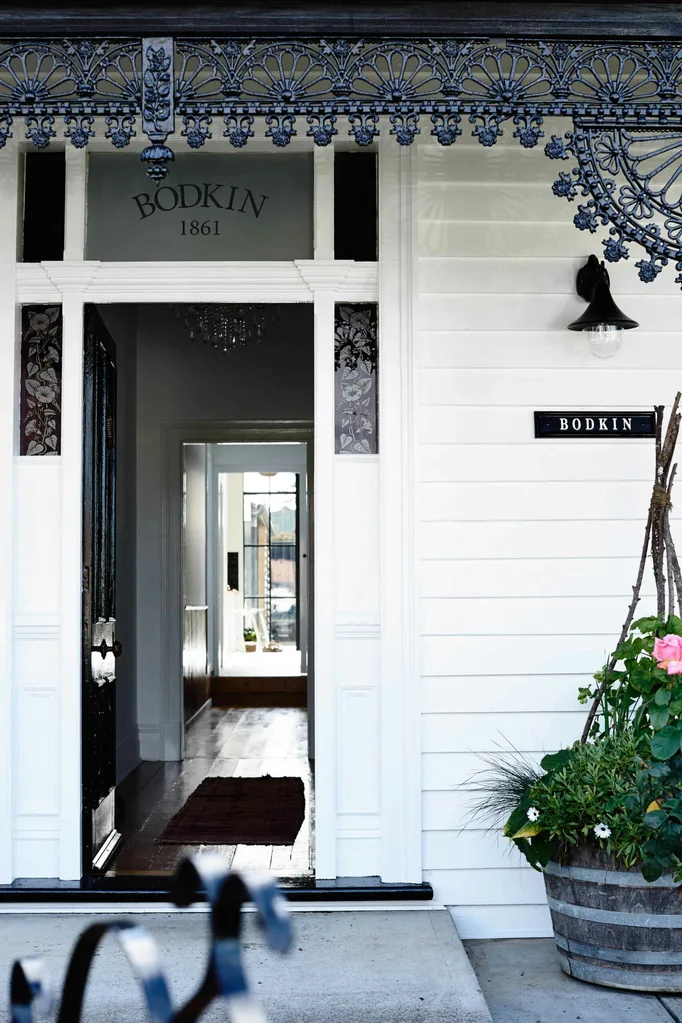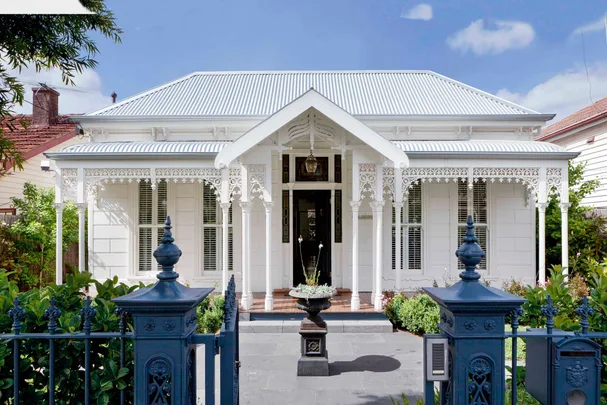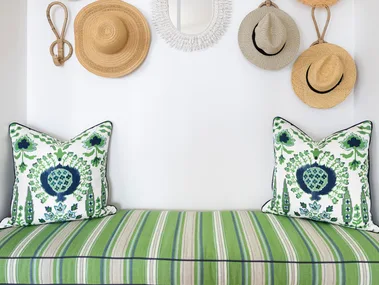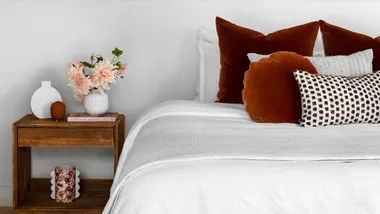Watch: discover Australia’s most expensive suburb – and it’s not in Sydney or Melbourne.
The fate of the 2020 property market is open to a lot of speculation, however new data has revealed the top 10 suburbs to avoid if you’re purchasing a house or unit this year.
According to RiskWise Property Research NSW is worst-off, with three suburbs in the state topping the list. The Central Coast town of Gosford takes the number one spot.
CEO Doron Peleg said the NSW suburb topped the list due to a number of factors including the recent bushfire risk, oversupply of units (at more than 72 per cent of existing stock) and that units unsuitable for families were not in high demand.
“It is hard to convince prospective buyers that this is the best investment they can make when there are plenty of other options available,” Doron says.
“Another at-risk area is the suburb of Mascot with 1061 units in the pipeline, at an addition of 17.67% to existing stock, and where news of the construction defects impacted the entire suburb,” Doron says.
“Areas outside of Sydney and Melbourne, such as Darwin, experienced overall weakness in the property market due to low population growth (the Northern Territory was the only state in Australia that experienced population loss in 2017-18). Darwin units delivered -33.7 per cent capital growth over the last five years.”

Here are the top 10 suburbs in the ‘danger zone’ according to RiskWise Property Research.
1 Gosford, NSW
2 Mascot, NSW
3 Rouse Hill, NSW
4 Darwin, NT
5 Surfer’s Paradise, Qld
6 Fortitude Valley, Qld
7 Adelaide, SA
8 Clayton, Vic
9 Docklands, Vic
10 Box Hill, Vic
While apartment prices in Sydney and Melbourne are enjoying price rises, this is not the case in high-supply areas.
“The best case scenario in these areas is they are simply underperforming the market, but the worst case scenario is they are actually losing money,” Doron says.
“For example, while Domain’s latest House Price Report shows in the 2019 December quarter prices rose 4.3 per cent, this was not the case in suburbs with high oversupply and particularly those affected by construction defects, such as Mascot where prices fell 4.6 per cent to $880,000. In Homebush West, where the Centenary Park building is located, prices also fell 9.3 per cent to $565,000.
“These areas not only have the risk of being in the Danger Zone due to oversupply but also construction defect risk.”

According to analysis by BIS Oxford Economics in April last year, two-thirds of Melbourne apartments sold off the plan during the eight-year period between 2011 and 2019 either made no price gains or lost money on resale. In Brisbane, this figure was 50 per cent and in Sydney about a quarter.
“We have recently seen an increase in high-rise dwelling approvals and the risk of losses from buying off-the-plan is increasing. The point is the risks are very tangible, they have been realised and we have witnessed major price reductions in a number of areas with oversupply,” Doron says.
“The major objective of investors is to build equity and in the current market conditions the most effective way to do so is to simply invest in existing properties that are suitable for families in high-demand areas.”
You might also like:
7 ways homes will change in the next decade
12 Australian property trends we’ll see in 2020










